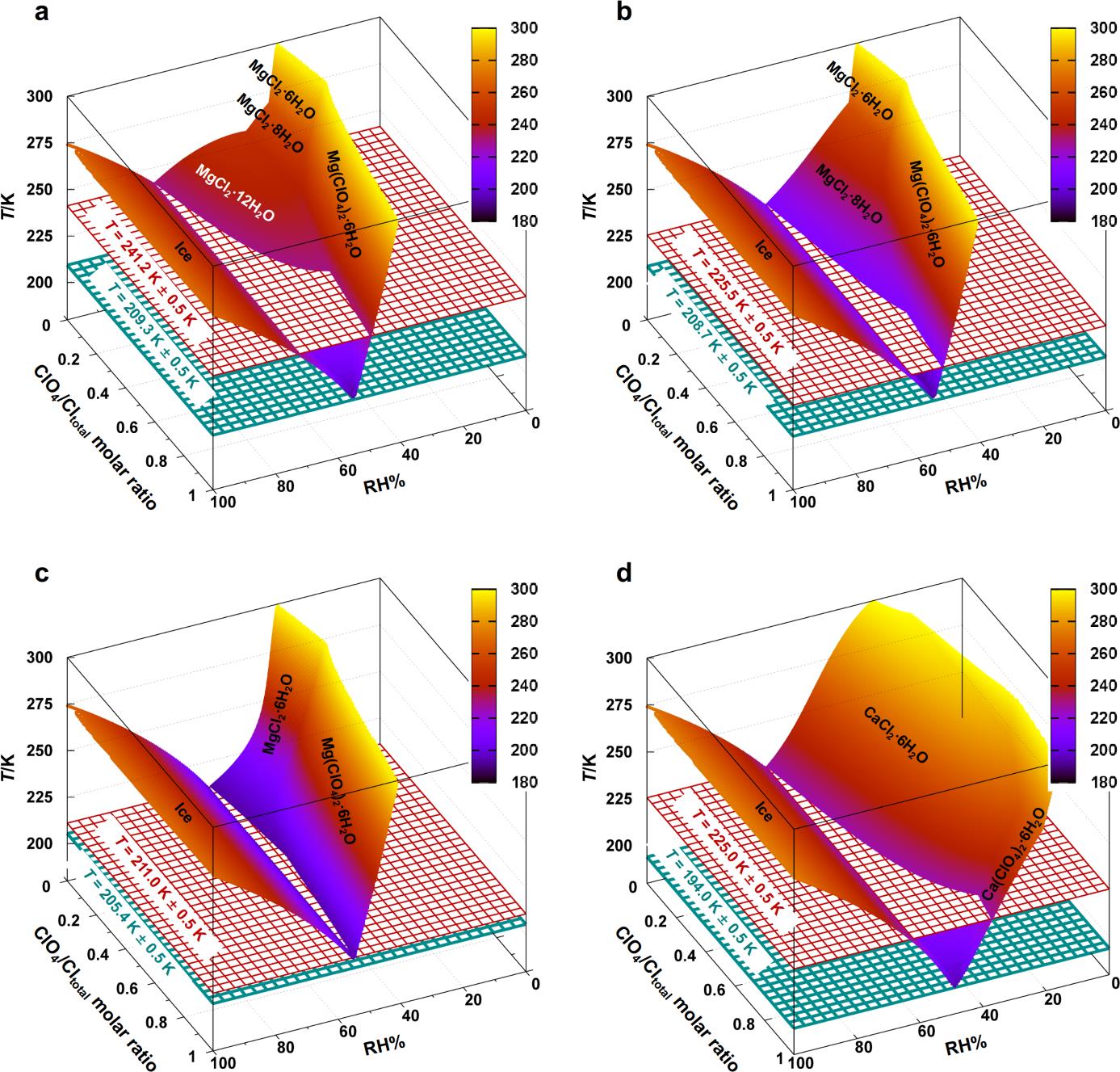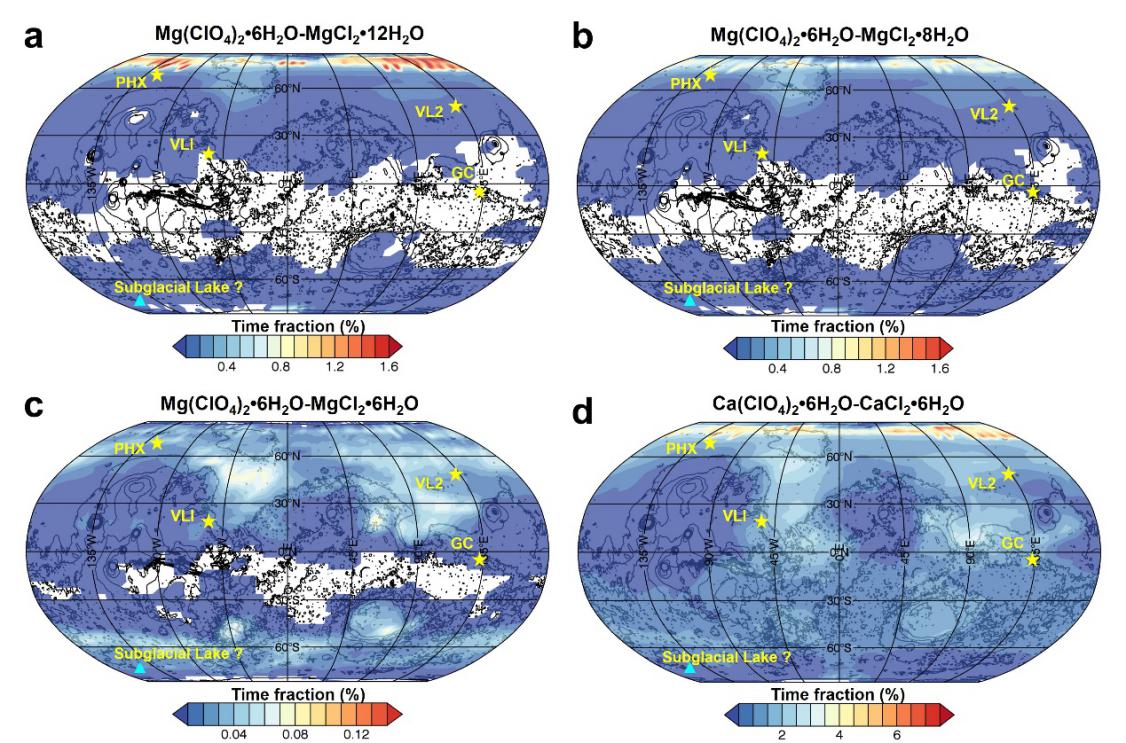The discovery of perchlorate (or more broadly oxychlorine species) is of great interest on the exploration of Mars. The strong hygroscopicity of perchlorate makes it possible to absorb water from extremely dry atmosphere and produce brines. The very low freezing point of these perchlorate brines (< -70 ℃) allows the presence of liquid water on modern Martian surface. Accordingly, perchlorates are seen as the most important salts controlling the properties of martian liquid water, which are of vital importance for understanding the habitability, bioavailability and bio-matter detection. In 2009, the Phoenix Lander launched by the US first detected high levels of perchlorate (ClO4-; 0.62–0.67 wt%) and high ClO4-/Cl- ratios of 6.13 in three topsoil samples from the Mars arctic region (68.2188°N, 125.7492°W). Subsequent in situ investigations at other landing sites further highlighted the uniqueness of the Phoenix soils, and how the high ClO4- and particularly high ClO4-/Cl- ratios in the topsoil of Phoenix occurred is still a mystery.
To figure out the mystery, scientists in the Qinghai Institute of Salt Lakes, CAS promoted a project on the cryogenic phase diagrams of Martian chlorine (perchlorate and chloride) brine, and collaborated with planetary scientists from Center for Lunar and Planetary Sciences, Institute of Geochemistry, CAS, Institut de Recherche en Astrophysique et Planétologie (IRAP), Université de Toulouse, OMP-CNRS-UPS, and Institute of Space Sciences, Shandong University. Recently, their advances have been published on Communications Earth & Environment entitled “Cryogenic origin of fractionation between perchlorate and chloride under modern martian climate” (https://www.nature.com/articles/s43247-022-00345-5). The story BEHIND THE PAPER can be found at Nature Portfolio Chemistry Community.


